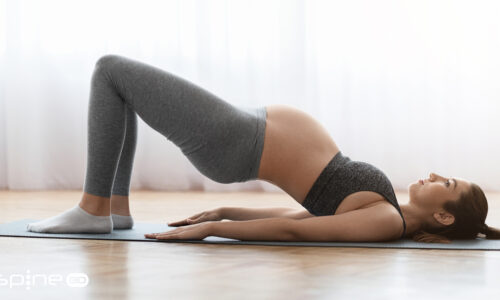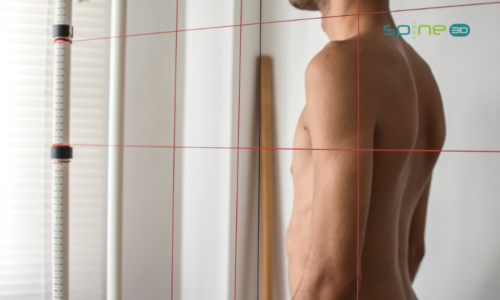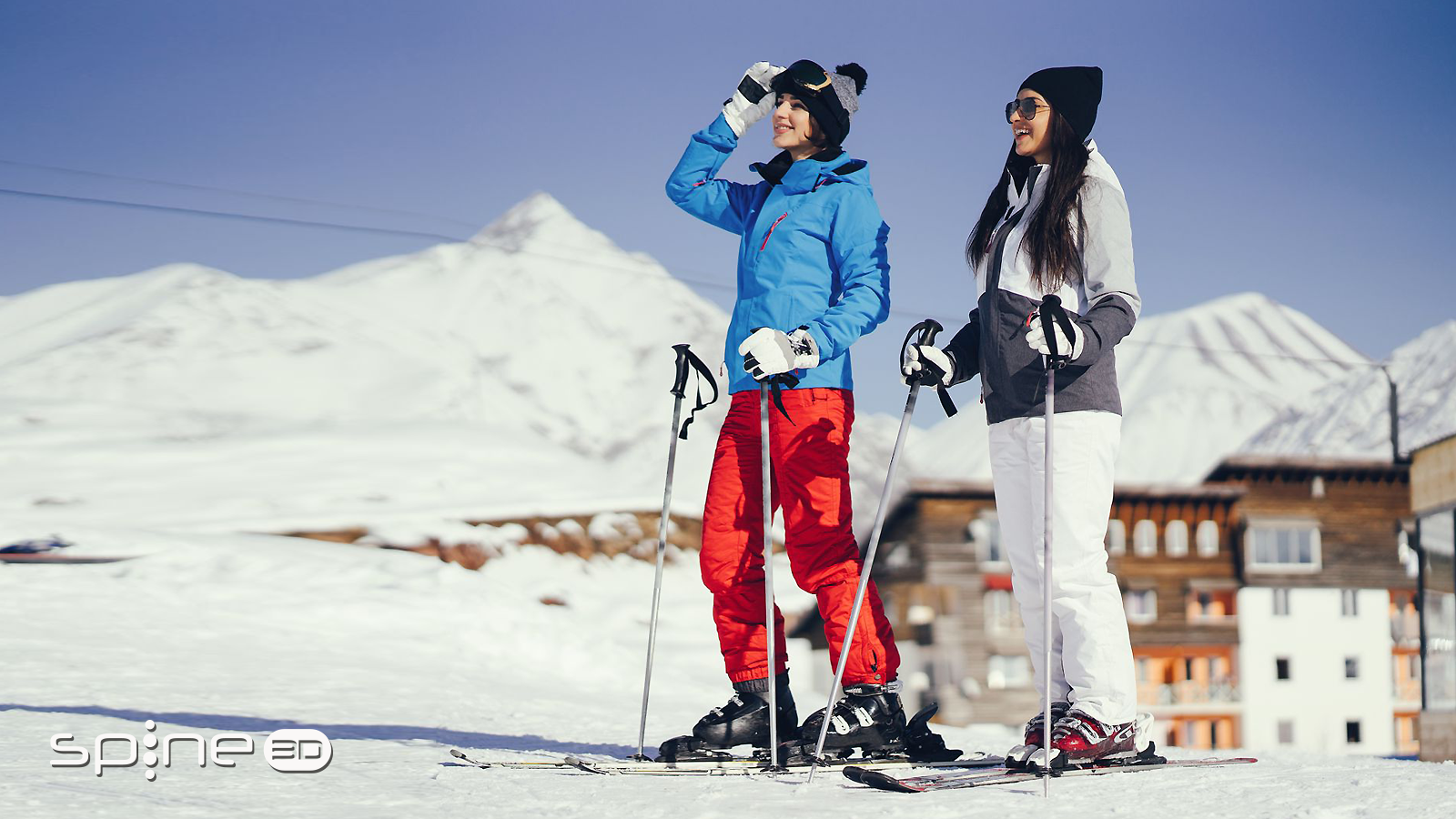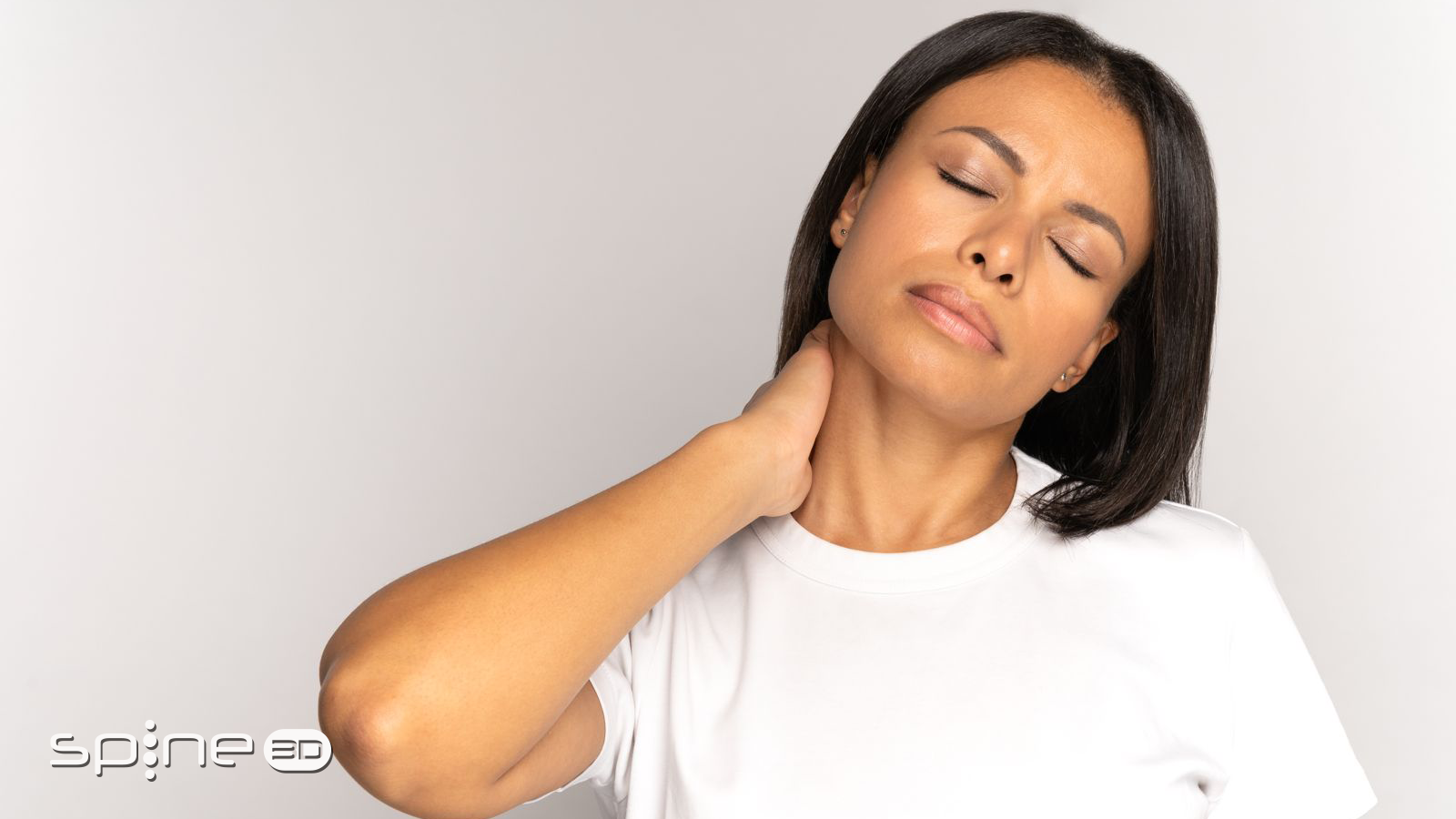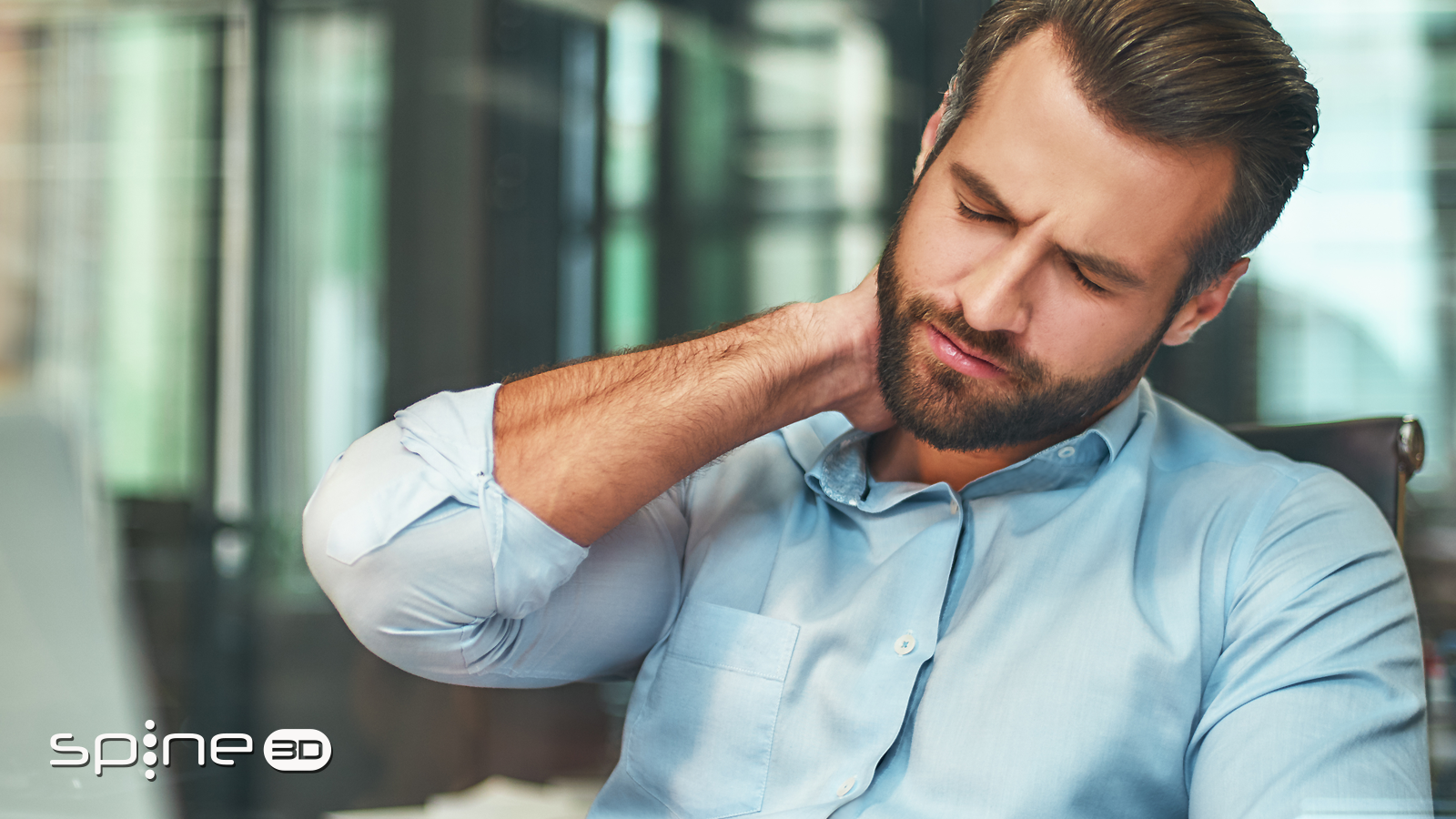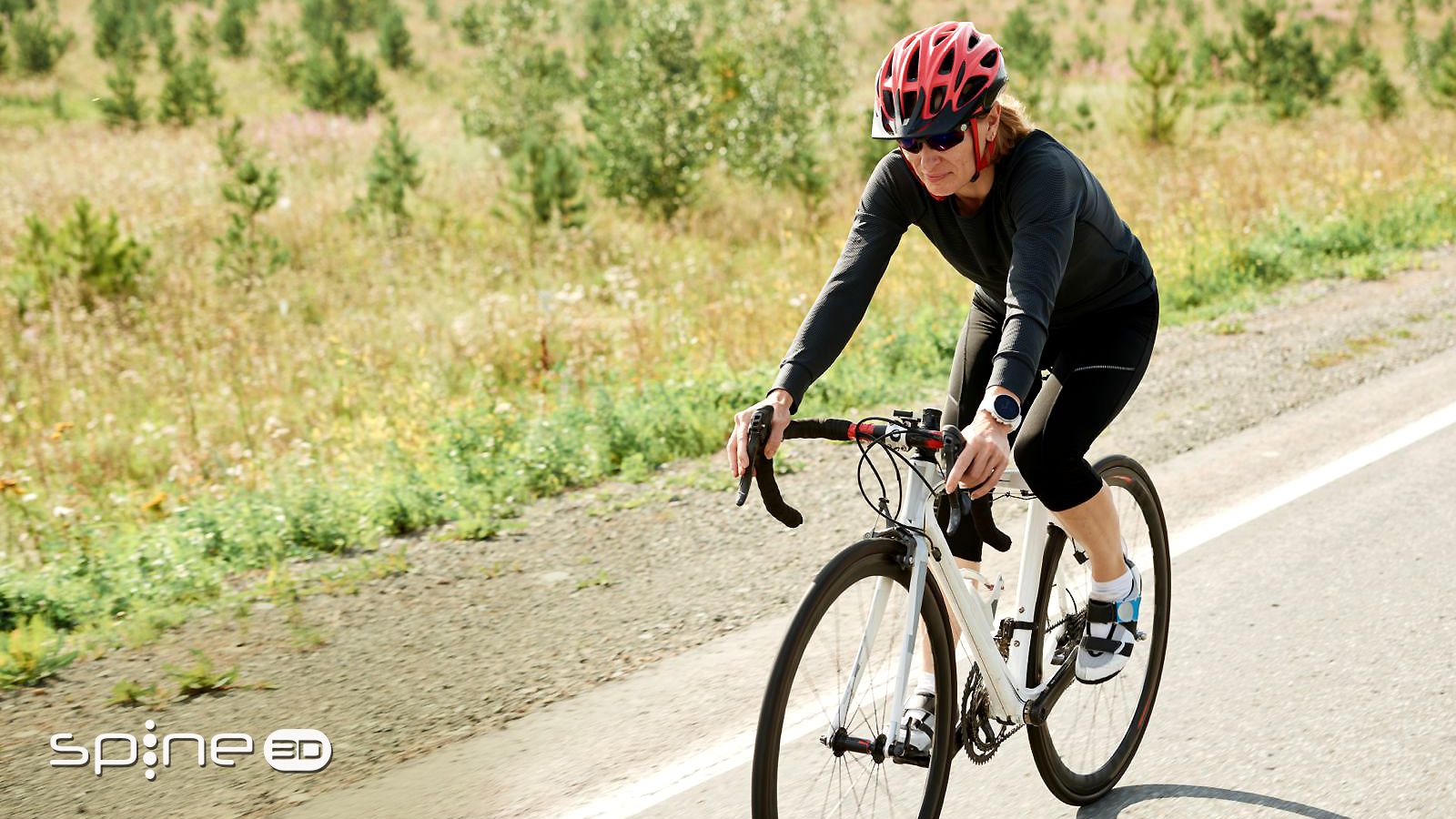
Back pain and cycling
- admin
- November 22, 2023
- Causes
- Cycling, Dorsopathy, Overweight
- 0 Comments
Just a few days ago, an important study, which you can find on the pages of Sensor Medica, investigated the relationship between back pain and cycling, demonstrating how posture (constrained in some way by the instrument, the bicycle, handlebars, saddle, etc.) influences the curvature of the spinal column, creating pain especially in the lumbar region. Obviously, pain during and after training cannot be resolved with a simple painkiller and a check-up with a specialist is always recommended.
Symptoms of cyclist’s back pain
Cyclists often experience a very specific and localised type of pain, precisely because it is related to the posture held for many hours. Even a non-professional cyclist often stays in the saddle for very long periods of time. The most common types of pain are those that we can localise in the lumbar area (in other words, the lower back) and in the cervical area (a pain that also afflicts those who do sedentary work, by the way).
Obviously, these types of pain can pass after a few days’ rest and only flare up again when we put our body under stress again. But neglecting them for a long time can turn them into chronic pain, with much more complex therapeutic difficulties.
Cycling and back pain
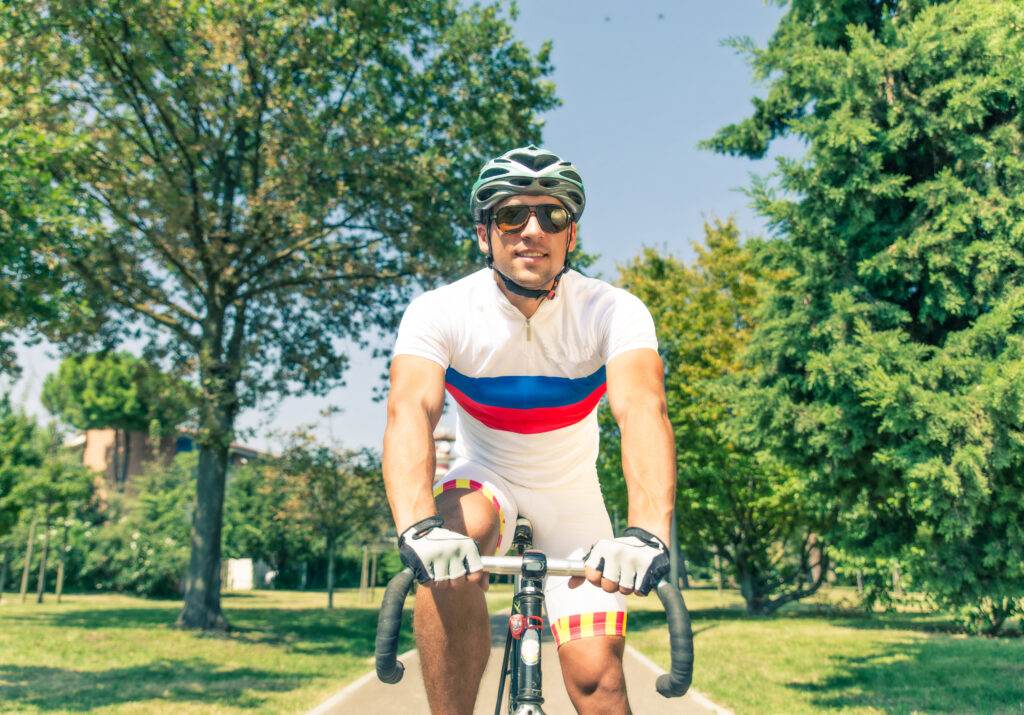
As we have already mentioned, the time spent cycling influences the curvature of our spinal column in some way. It is no coincidence that recent studies have reported that around 70 per cent of cyclists have suffered from low back pain, while over 40 per cent of cycling enthusiasts have experienced back pain while in the saddle. The study recently published by ‘sports’, conducted by high-profile scholars, testifies to precisely this: a greater curvature of the spine in cyclists than in ordinary (non-cycling) athletes.
What are the causes of pain?
Obviously, the causes of back pain in cyclists are mostly due to muscular imbalances that also affect the skeletal system. The specific name is dorsopathy. The main cause is certainly posture, incorrect saddle height (the saddle-handlebar difference is called drop in jargon) or even the saddle-handlebar distance (called reach in jargon). All this, together with prolonged exertion and activities outside cycling (heavy or sedentary work), or our physical condition (overweight, poor muscle structure), does nothing but generate annoying pain.
Advice from a specialist

As with any other problem, the advice we always give is to give up do-it-yourself solutions and rely on the expertise of a medical specialist. Once the nature of the pain has been ascertained, developing an effective recovery therapy will certainly be easier. Today, with the Spine 3d device (used in the study we mentioned) we can undergo regular examinations without worrying about our health. Cycling is a great sport or pastime. But always pay attention to your body’s signals. They are important.
